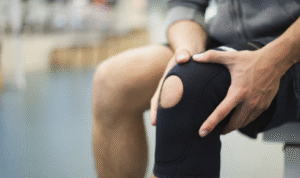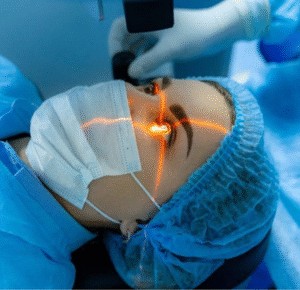
Have you ever experienced that sudden knee pain while walking or climbing stairs? Or maybe your knee just started hurting for no reason? It happens to many of us, young or old. And in that moment, all you want is something to ease the pain, something to support your knee so you can move without fear.
That’s where a knee brace comes in.
But here’s the thing—not all knee braces are the same. Choosing the right knee brace depends on your specific injury or pain. A quality knee brace can make a world of difference by easing discomfort as you move, offering your knee the support it needs. Think of it as a steady, comforting hand ready to give you a little extra help.
When are knee braces worn?
- They suffered a knee injury during athletics or an accident.
- They experience weakness with or wobbly knees.
- They have recently had knee surgery.
- Pain in their knees due to arthritis or lingering pain from previous injuries.
The first thing about your knee that you should know
We must first know the issue before purchasing a brace online or at your neighborhood store. These are typical knee issues:
- Slight pain or swelling: After a long day or a minor injury.
- Torn ligaments (for example: ACL): Most common sports injuries.
- Problems with kneecaps: You may feel like your kneecap moves too much or is unstable.
- Post-surgery recovery: You just had a knee operation.
- Arthritis: Your joints hurt and feel stiff.
Each of these needs a different kind of knee brace. So don’t just buy what looks good—buy what your knee needs.
Different Types of Knee Braces
- Sleeve: Offers slight compression, ideal for mild pain and edema.
- Hinged Brace: Perfect for ligament injuries and post-operative pain, this brace provides powerful lateral support and inhibits twisting.
- Patella Brace: For kneecap problems and excessive mobility, this brace secures the kneecap.
- Wraparound Brace: Perfect for varying edema during the day and has a velcro closure.
- Brace for Unloading- shifts weight to apply pressure to the area that hurts and is best for arthritis.
Best for: Arthritis.
Considerations Before Making a Purchase
- Be sure to carefully verify the size. A brace that’s too tight will hurt, and a loose one won’t help.
- Pick a soft material. It should be comfy and not itchy or too hot.
- Easy to wear. If it takes 20 minutes to put on, you’ll stop using it.
- Don’t wear it all day without breaks. Your knee needs rest, not just support.
- Don’t Ignore Serious Pain
If your knee:
- Suddenly swells up,
- Makes a “pop” sound during injury,
- Gets stuck or locks,
- Or feels very unstable…
Please go to a doctor or physiotherapist. Some pains need proper medical care. A knee brace is helpful, but it’s not magic. It supports your healing—it’s not a cure by itself.
Why Choosing the Right Brace Matters
Wearing the right knee brace isn’t just about pain. It’s about feeling safe. Feeling like you can go out for a walk without worrying. Like you can dance, climb stairs, or run for the bus again.
Pain not only hurts the body—it also messes with your mind. You start avoiding things. You feel paralyzed. You get the support of your right brace. And that’s why it is more than just a product. It is a companion, a quiet assistant in your recovery.
Conclusion:
Your knee talks. It tells you when it is tired, when it is hurt, or when it’s scared.. Listen to it. Don’t wait till the pain becomes too much. Get a brace that matches your pain, fits well, and helps you move again.
Because walking without fear, dancing without pain, and living without worry is something everyone deserves.


